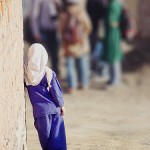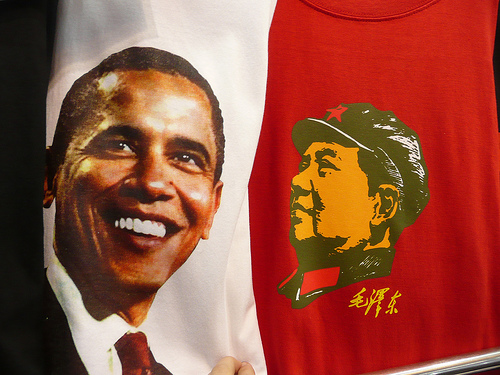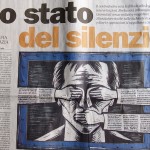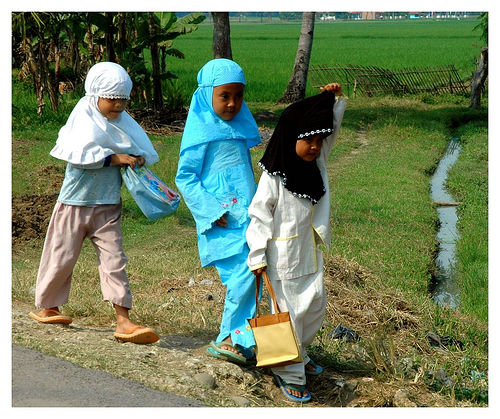
As the world anticipates Obama’s long-awaited strategy review for Afghanistan, the debate around the war intensifies with politicians, experts and laymen weighing in on the desired course of Afghan policy.
A war that has lasted eight years, and that costs the US $3.6 billion a month, has become a source of intense historical and strategic debates about the nature of conflict in South Asia, the region’s geopolitical significance, and the role of US power in the modern era. With America’s Vietnam legacy in mind the pressure to deliver something positive is immense.
But in these debates about strategy- how to quell the Taliban insurgency; how to address the region as a whole, particularly with Pakistan’s shortcomings in mind, and how to strengthen the Afghan government without giving Karzai carte blanche, etc – the humanitarian focus is exactly what seems to be missing.




